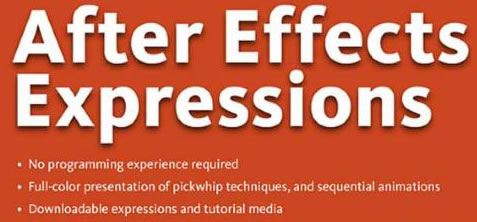


Netlogo, Scratch, Maya and Vensim are all FREE software.
Adobe Flash and After Effects offer a free 30 day trial, which is more than enough time as we will only spend a week or so on each one of those.
Animation. Choreography. Practical trigonometry and geometry.
Julian: [singing] I like to move it, move it /
She like to move it, move it /
He like to move it, move it /
You like to... *move it*!
Animation: Madagascar.
Lots of animals from dancing bees,
flocking
birds, herds of wildebeast, schooling fish, termites, ants,
fireflies,
and slime mold models will be studied.
See the V migrating southward for winter: Flocking Vee formations (the geese are flying south!). Predator versus prey models too.
Wolf versus Sheep: Modeling Predator/Prey relationships.
NetLogo models library from Art to 3D Graphics to Particle special effects.

10 different majors,
70% first semester freshman,
no computer science majors in the class!
Art, English, MIS, Communications: Electronic Media, Psychology, Criminology, Deciding, Exercise Science, Finance, Political Science
As you can see, ART majors were tied for the lead in Fall 2010.
Unfortunately, the class was only offered at 9 MWF and conflicted with 2D and 3D concepts, so freshman Art majors could NOT take it.
Does Resnick know how to write, or does Resnick know how to write?
How does a bird flock keep its movements so graceful and synchronized?
Most people assume that the bird in front leads and the others follow.
In fact, bird flocks don't have leaders:
they are organized without an organizer,
coordinated without a coordinator.
And a surprising number of other systems, from termite colonies to traffic jams to economic systems,
work the same decentralized way.
Turtles, Termites, and Traffic Jams describes innovative new computational tools (NetLogo)
that can help people (even young children) explore the workings of
such systems--and help them move beyond the centralized mindset.
| Software package used or key theme/topic of class | Number of weeks and classes | Modeling examples and exercises |
|---|---|---|
| The Computer in the Visual Arts | 2 weeks, 6 classes (spread and illustrated/discussion topic throughout the class as well). |
|
NetLogo (turtle graphics) This software is free - works on Macs and PCs Used to teach elementary school children, so it is easy to learn. It is also a TON of FUN. It is a great bridge between Art and Computer Science/Computer Graphics! |
7 weeks, 14 classes |
|
Adobe After Effects (AE) 30 day trial of software is free from Adobe. The class schedule will be planned so that all Adobe assignments will be within a 30 day period, so you can use your PC or laptop for assignments. |
3 1/2 weeks, 7 classes. | Simulating various special effects and physical phenomenon using AE and AE Expressions. Gravity, snow, rain, bouncing balls, cartoon exaggeration effects with moving objects, etc.  
|
Ventana Vensim Vensim PLE (Personal Learning Edition) is software that gets you started in system dynamics modeling and is free for educational use. Vensim PLE is ideal for classroom use and personal learning of system dynamics. |
2 weeks, 6 classes. |
|
| Microsoft Excel | 1 week, 3 classes |
|